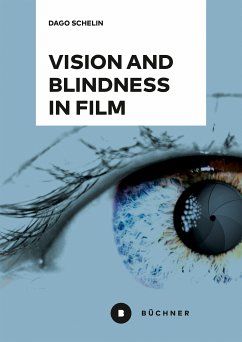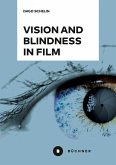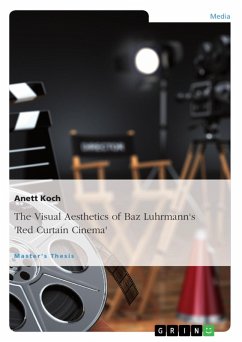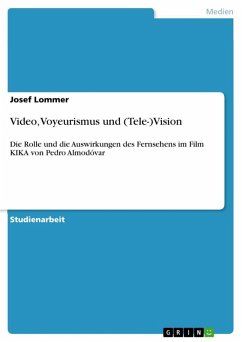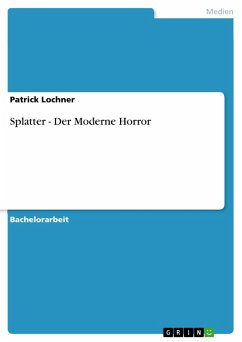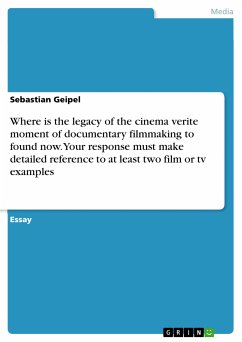In order to understand "e;vision"e;, we have to look into concepts of blindness, both diegetically in typical film characters and in the representation of sight or lack thereof. A critical-historical investigation into theories of vision shows that the way we understand visuality today - scientifically and culturally - is very different from pre-modern notions and practices. In this book, Dago Schelin questions categories such as active and passive vision, tactile visuality, as well as blind vision, and discusses them alongside a variety of movies that deal with vision and blindness. Is there a connection between the filmmaker's gaze and an older pre-Keplerian ontology of vision? What is the role of sound in vision? Are our eyes mere camcorders or might they be projectors? These and other questions comprise the fascinating journey on which this study embarks.
Dieser Download kann aus rechtlichen Gründen nur mit Rechnungsadresse in A, B, BG, CY, CZ, D, DK, EW, E, FIN, F, GR, H, IRL, I, LT, L, LR, M, NL, PL, P, R, S, SLO, SK ausgeliefert werden.

